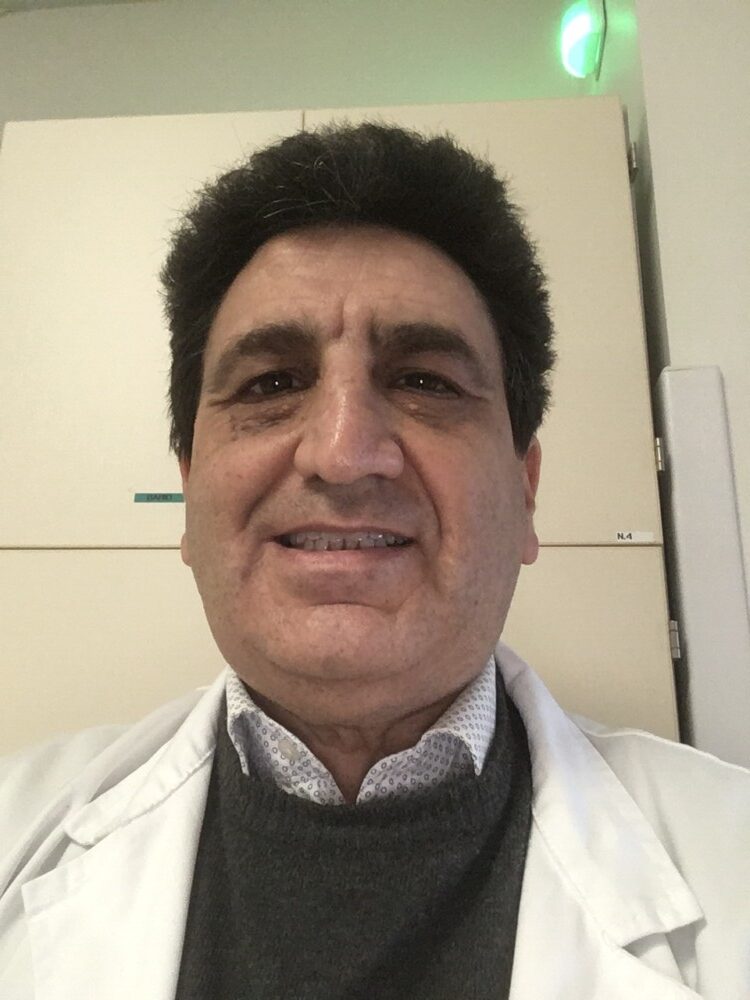Abstract
Acute Kidney Injury (AKI) is associated with a great increase in morbidity and mortality in severely burned patients and occurs as a complication in more than 25% of these cases. The onset of ARF may be early or late. Early AKI depends mainly on reduced cardiac output resulting from fluid loss, rhabdomyolysis, or hemolysis. Late AKI, instead, is usually a consequence of sepsis and is often associated with multiorgan failure (MOF).
The first sign of AKI is the contraction of diuresis despite adequate volemic filling, which is followed by elevation of serum urea and creatinine. Fluid therapy is the main treatment in the burned victim: in the first few hours after injury, it aims to avoid hypovolemic shock and the possible related MOF, while later it becomes the cornerstone of treatment, besides antibiotic therapy in the case of sepsis onset. Particular care must also be taken in the choice of administered drugs in order to avoid possible nephrotoxic damage in addition to burning injury. Hemodialytic renal replacement therapy is used both for water balance management in patients requiring massive fluid infusions and for blood purification purposes to control the metabolic state, acid-base balance, and electrolytes abnormality. Our team has been collaborating for over 25 years in the management of severely burned patients admitted to the Centro Grandi Ustionati at the Bufalini Hospital in Cesena.
Keywords: Acute Kidney Injury (AKI), burn, sepsis, Continuous Renal Replacement Therapy (CRRT)




